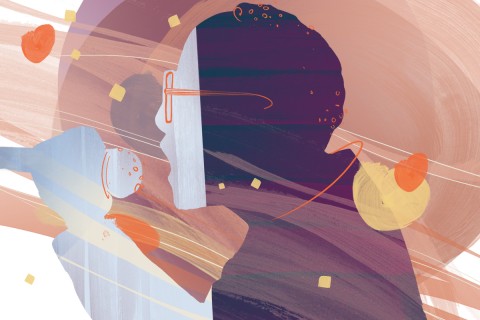The way we build our cities is racist
American buildings, streets, and neighborhoods don’t just host oppression—they embody it.

I live in a scrappy but cheerful neighborhood in Somerville, Massachusetts, where chain-link fences coexist with unruly beds of wildflowers. A few minutes’ walk takes me into the lush Agassiz neighborhood of Cambridge, northeast of Harvard University. Named for a 19th-century Harvard professor who espoused racist anti-Darwinist ideas, the neighborhood is in the process of being renamed for Maria Baldwin, a pioneering black educator. Right across the city border, stately, historic mansions line redbrick sidewalks. Fragrant honeysuckle and bright-red roses spill from freshly mulched gardens. On one tall wood fence, which surrounds a big house and obscures its presumably verdant lawns and genteel verandas, a large white cloth has been draped this summer, with a spray-painted message: Black Lives Matter.
It’s a devastating juxtaposition. If we peel back the layers of our buildings, streets, and neighborhoods, we begin to understand that they are not merely a neutral stage on which the horror and resistance of American race relations play out. They embody oppression.
This should come as no surprise—architecture and city planning have been instruments of power for millennia. Yet when you think of systemic racism, these disciplines are likely not the first that come to mind. That negligence exacerbates their “subtle peril,” to borrow a phrase from Howard Thurman.




